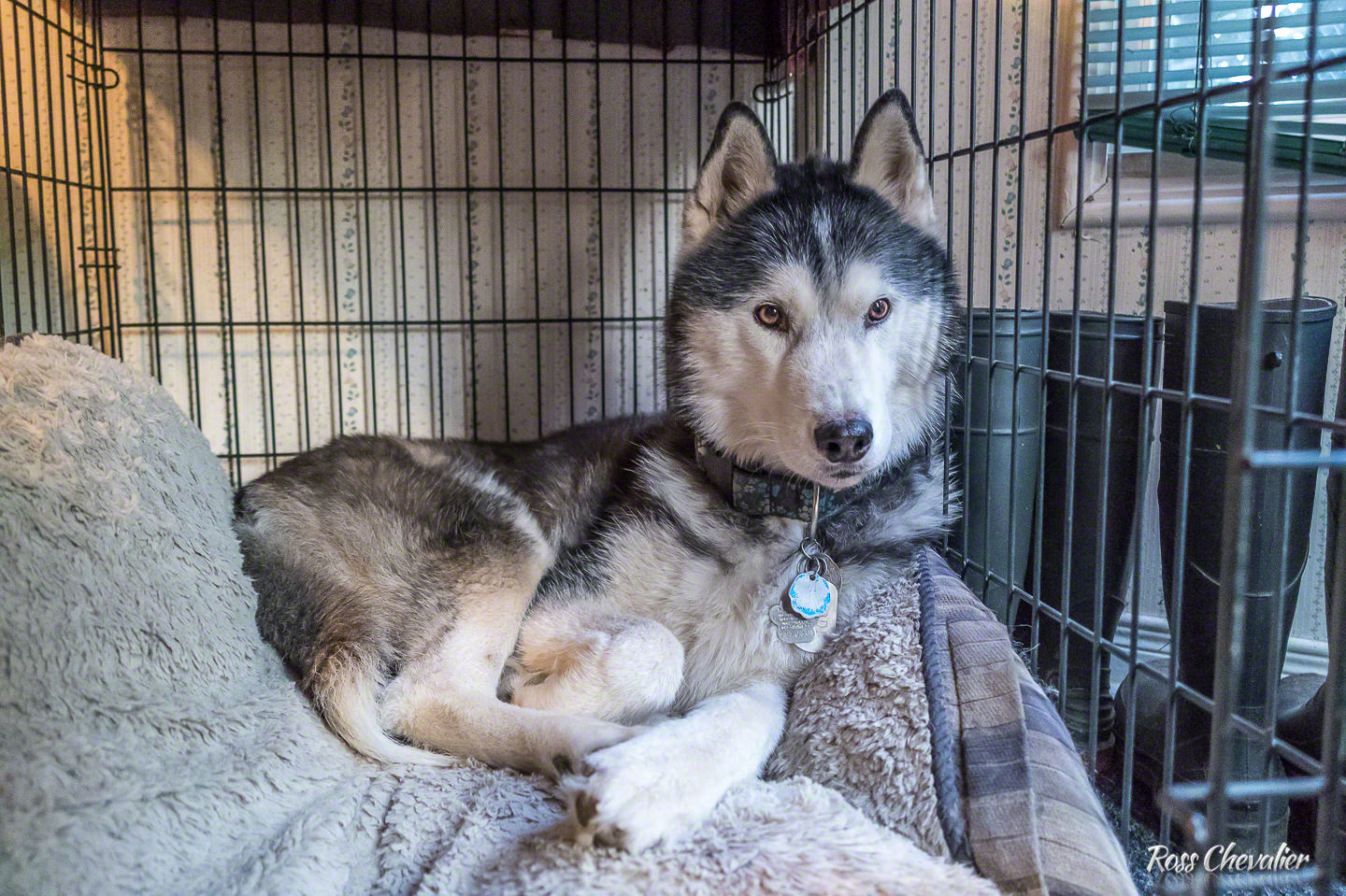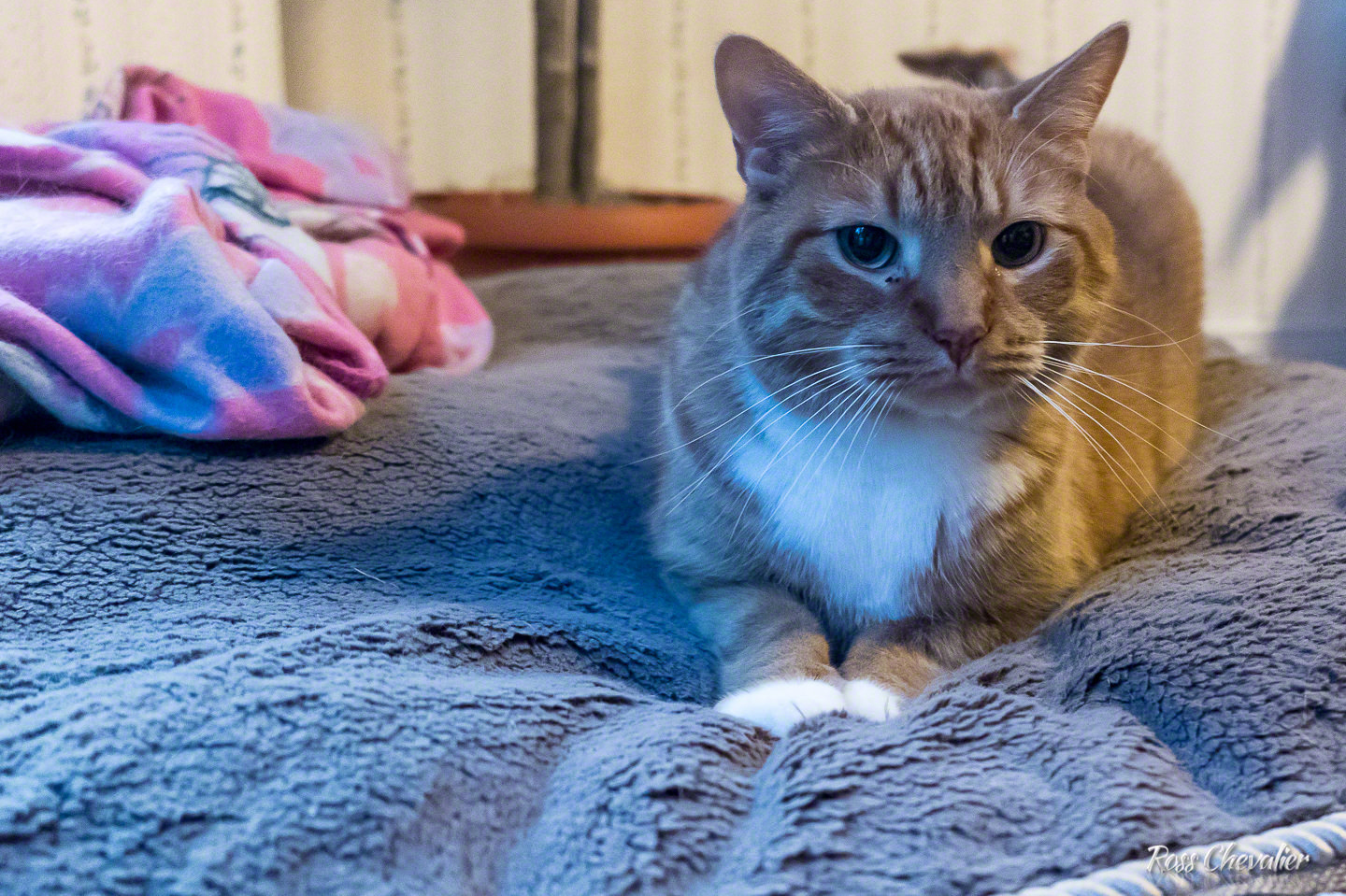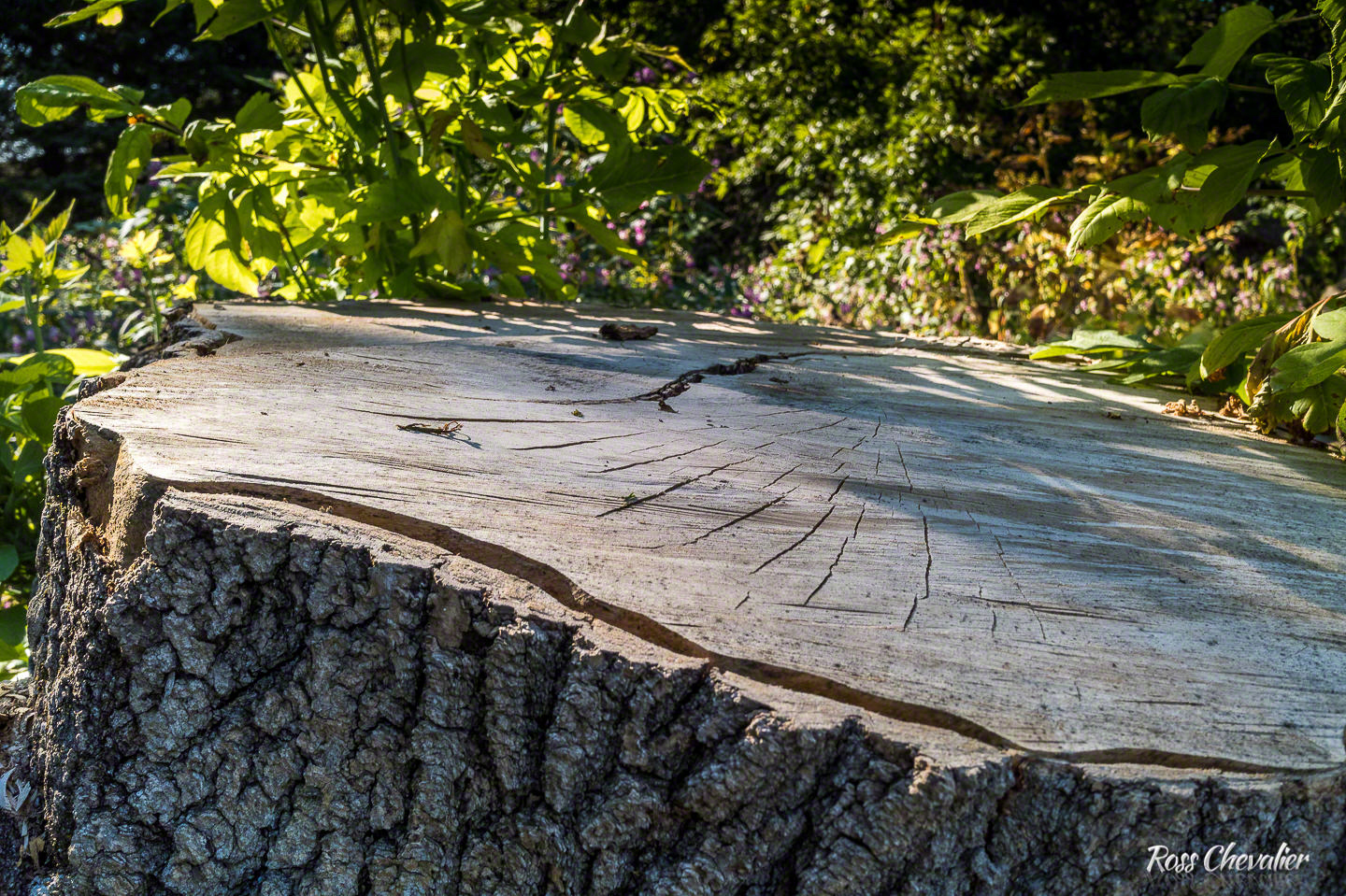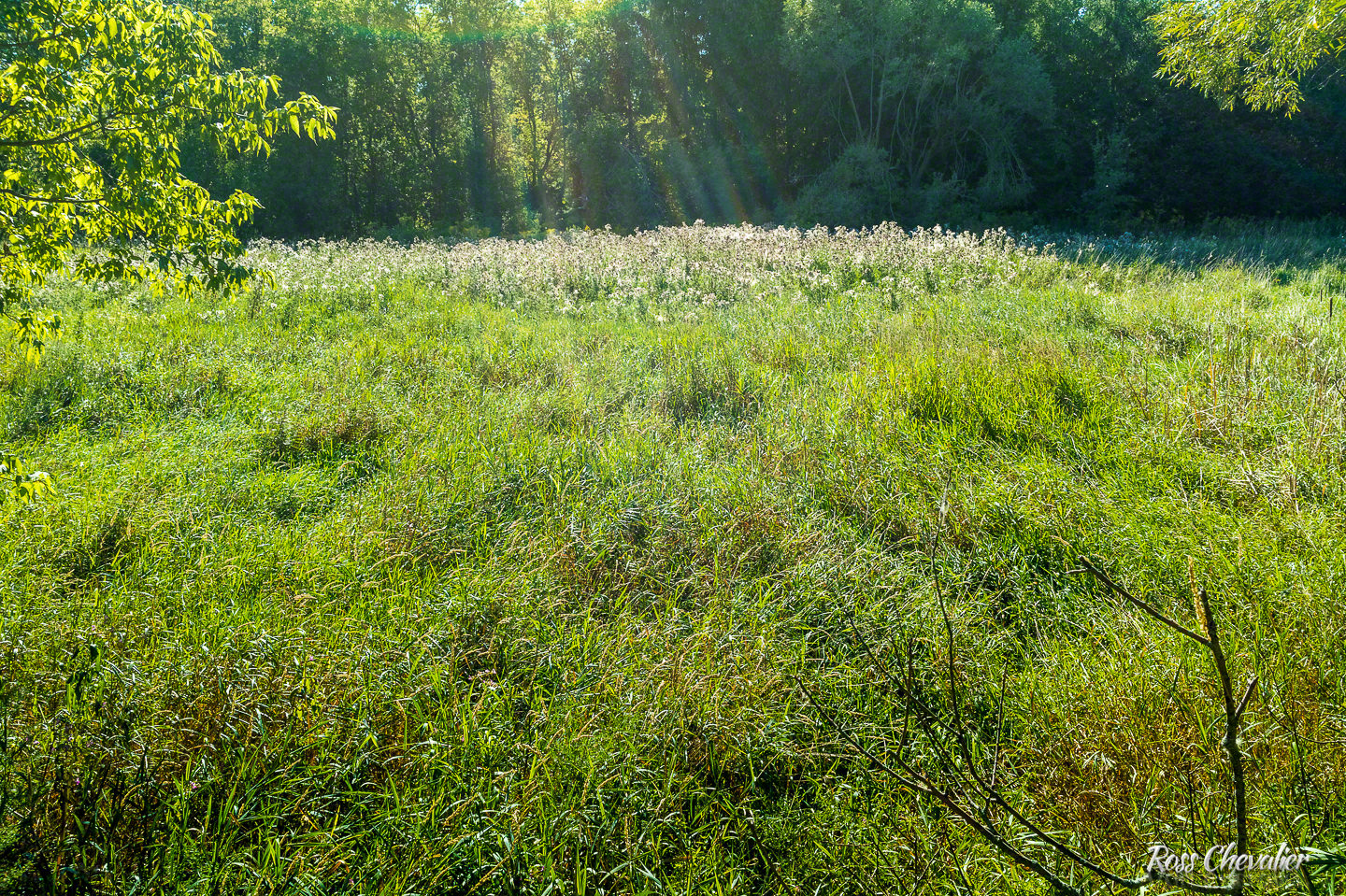REVIEW : DXO ONE
/The DXO ONE. Image courtesy Google Images
When DXO announced the DXO ONE, I wrote a scathing article asking if the superb software company had lost their mind. Who would pay upwards of $600 for a camera that plugged into the Lightning port on an iPhone? It's over a year later and the DXO ONE is now becoming readily available in the Canadian market. Let's see how it fares.
My good friend Rocket bought one overseas shortly after it came out and he loves his, complimenting its size and image quality, plus the convenience factor because he always has his phone with him.
I finally got the opportunity to put the DXO ONE through its paces. I have been a DXO software customer for many years and have a lot of respect for the team there. I really wanted to like the camera, despite my initial wonder at why anyone would bother, when for about the same money once could get a Sony RX100 II that had a superb sensor in the same size as well as a short zoom. The argument now, as then, is that it works with the smartphone that you have with you.
And it does. The app is simple, and the camera connection works very well.
First Impressions
The DXO ONE arrives in a nice little box, with a very Apple-esque design. The documentation is sparse but easy to follow and following a charge to the built-in battery, installation of the memory card and connection to your phone with the downloaded app, you are ready to go.
DXO ONE connected to iPhone via Lightning port
The lens is a wide angle design and superior to any camera phone lens that I have seen. The sensor is gargantuan compared to your smartphone sensor. Rumour has it that the sensor comes from Sony. No idea on the facts but it would not be a surprise. The camera has a small display on the back, a flip down cover for the USB connection and the card slot, and a sliding front lens cover that not only powers on the camera but in a momentary position releases the lightning connector so you can attach your phone. From an ease of use perspective, it's golden, I was shooting in minutes once I had a charge in the battery.
The app is easy enough to use with a minimalist UI. You can store images to the internal card, to your phone or both. The camera shoots in JPEG (jpg), RAW (dng)or the DXO proprietary Super RAW (dxo) which takes four images and blends them together. There is a computer app called DXO Connect that allows connection to your computer to download images from the card. There is also a plugin available at no cost for Apple Photos to enable processing of images in that application.
Specifications
DXO is not exactly outgoing when it comes to the specs. What is posted on their site is VERY limited.
- 1" Sensor
- 32mm Equivalent f/1.8 lens
- 20.2 megapixels
In the Field
The camera is small enough to fit in a shirt pocket, but once mounted to my iPhone 6+, I confess I found the whole thing cumbersome and in order to conduct myself, I was constantly removing the DXO ONE, putting it in one pocket and the phone in another. That got old very fast.
I also found that the small size meant a small internal battery. I took a 25 minute walk in the woods and by the time I got back to the car, the battery was at 50%. Not very exciting that. The camera was turned on for the entire time, just as I would do with any camera on an outing. The camera has PASM control along with exposure compensation via on screen touch controls. I found that things worked, but unlike a physical interface, there was a lot of tapping going on, along with repeated movements and it was not fast. Mr. Chipmunk had sold his tree and moved to Florida by the time I got the shutter speed changed and some compensation dialed in. There is a measureable time between shutter actuation and the camera becoming available again for the next shot. Speedy this isn't. I would equate the overall performance as equal to one of the feature rich apps that operate your smartphone camera. It works fine, so long as you aren't in a hurry.
You can shoot the DXO ONE without it being attached to your phone. This is of course, like playing a game of horseshoes while blindfolded. As you can see in the image courtesy of ephotozine, the back of camera display is so tiny as to be nearly useless. The DXO ONE shoots video, but rather than specifying a particular framerate it offers you choices based on bandwidth usage. Note that for horizontal video, you have to turn your phone vertical, just after you learned to turn it horizontal for internal video. The video looks ok, nothing special and the small form factor and assymetrical balance makes for more shakey-cam than I care for. My expectations of video may be higher than average, so buyers should think about their own use cases but I couldn't use the device for any kind of serious video.
The final image quality is very good, when the exposure is properly managed, far superior to the camera in the phone. The lens is fixed in focal length and is optically quite fast at f/1.8Please do not ask me about the bokeh. I didn't check because I wouldn't be buying a camera like this for the bokeh anyway. Focus is snappy enough, but you will be tapping the screen to set your point of focus, and on the iPhone 6+ I was using, sometimes it took more than one tap.
Captures were stored as JPEGs for transfer to the iPhone and as DNG or DXO format files for the RAW images. JPEGs average from 12 to 15 megabytes each. The DXO format images were typically over 85 megabytes each and the regular DNG format images ran between 24 megabytes and 48 megabytes. Looking at these file sizes, one can start to understand the significant write delay I was experiencing.
Lightroom was able to import all the images directly without issue from the card and also provide a lens correction algorithm. Since the display on the DXO ONE is so tiny, you start to see what choices it makes on your behalf. Even though the flash was enabled, the camera insisted on shooting at ISO 12800 for the indoor shots and they were universally useless. Outdoors in the woods, ISO varied between 1000 and 100 depending on available light. It looks like the programs bias towards depth of field first, shutter speed second and ISO last. Shooting in the program mode, I found most images had small apertures, slower shutter speeds than I would like and higher ISOs than I would choose on a 1" sensor camera, such as the Sony RX100. You do have other shooting modes, and you are advised to use them unless you really enjoy digital noise, but understand that you will lose some speed making the adjustments on the touchscreen of your phone. This may not be of issue for many buyers, and I fully accept that my own use cases would not be the general norm.
Image Gallery
All images in the gallery were captured with the DXO ONE in its Program mode. I did shoot in other modes, but had less success in getting what I wanted, either due to delay in getting the settings before the subject moved on, or issues getting the focus where I wanted it. All images were imported to Lightroom, and had Lightroom's Lens Correction applied on Import. All images have been edited using a basic workflow, including sharpening and noise reduction where required.





Conclusions
The DXO ONE is an interesting idea. The concept is not really new as we have seen smartphone like cameras from Nikon (no one bought it) and the clip on camera from Sony with a 1" sensor and fast lens (no one bought it) so I have to question the market depth for the device. DXO certainly know image processing, but I found the point and shoot algorithms to be unsuitable in the majority of cases. The semi automatic modes were better, but were hurt by slow performance of the app. As I write this, the DXO ONE is on sale for about $600 where I live in Canada. That's a bit more than an entry level 1" sensor point and shoot that has no EVF and is very small. Such a point and shoot would be about twice the size but offer much more flexibility and ease of use.
Unless you MUST have a camera that snaps to your iPhone, and you aren't crushed by performance needs, the DXO ONE may not be for you. I completed my test prior to the firmware upgrade promised for mid September 2016 so I was on the latest firmware available at the end of August 2016. Things may have changed since my review unit. It has promise but I found the camera too awkward to use effectively and found it more pain than boon.












